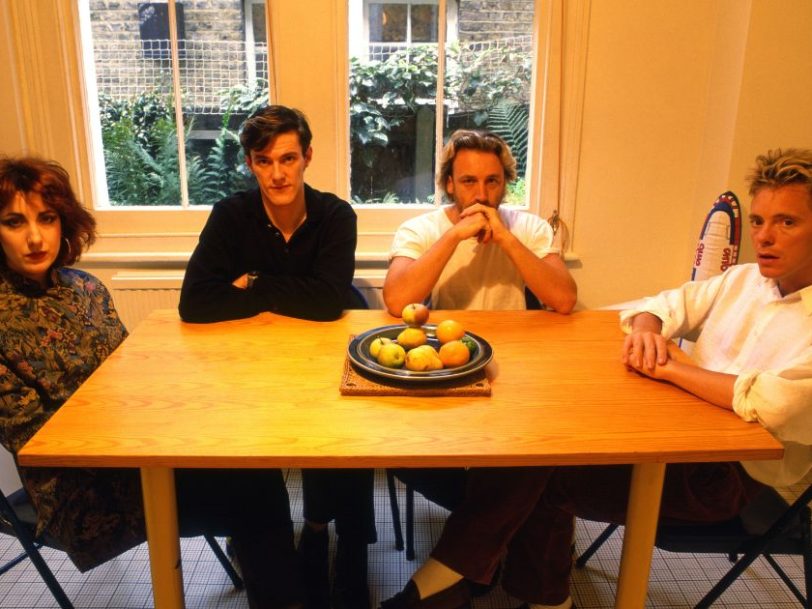The release: “We’d created the right sound at the right time”
Hook also recalls that the song was given several working titles – including Broken Promises and Broken Guitar Strings – before Bernard Sumner finished its ambiguous lyrics and chose the final title from an article in one of the UK’s Sunday newspapers.
“We used to take our song titles from many different places,” Hook told Songfacts. “Books, TV, anything we saw that sounded good, we would write down and use at a later date. That’s why a lot of our song titles are completely separate to the lyrics: BLT, Blue Monday, True Faith.”
A highlight of one of the best New order albums, Bizarre Love Triangle was released as a single on 5 November 1986. Arriving amid a run of fantastic New Order synth-pop tracks which culminated in two UK Top 5 hits, True Faith and a remixed Blue Monday, in 1987 and 1988, respectively, Bizarre Love Triangle may not have been as commercially successful as those songs, but it still played an important role in New Order’s international standing.
“It seemed we’d created the right sound at the right time,” Bernard Sumner reflected in his book, Chapter And Verse: New Order, Joy Division And Me. “We started to write more electronic songs, Bizarre Love Triangle, for example. People began to latch onto it, and things really began to take off.
“America was a great barometer for this,” Sumner continued. “Where at first we’d be playing to four hundred people, we began pulling in fifteen hundred, then two thousand, and every time we went back, the crowds would just go up and up, until we were playing to twenty or thirty thousand people.” It also helped that, in 1986, New Order had three tracks in John Hughes’ “Brat Pack” movie Pretty In Pink: Thieves Like Us, the Low-life album instrumental Elegia, and Shellshock, the latter written for use in Hughes’ film.




